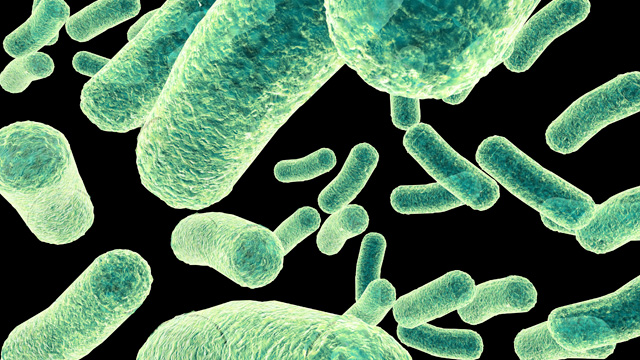Pathogenicity islands (PAIs) are the regions of bacterial chromosome (usually of foreign origin) that contain clusters of genes that provoke virulence in the microbe. They are usually acquired by pathogenic bacteria by horizontal gene transfer in the environment; and only pathogenic bacteria harbour PAIs as they are normally absent in non-virulent bacteria of the same species.
PAIs are cassettes or clusters of genes that encode a series of virulence factors in pathogenic bacteria; and they are mainly found in the chromosomes of bacteria especially those that are pathogenic (i.e. disease-causing) in nature. Virulence factors in these organisms are usually encoded by the genes found on the pathogenic islands present in the genome of microbes that have them.
PAIs usually contain gene clusters that mediate virulence in a microbe, and they are obtained from other pathogenic bacteria. These virulence gene clusters may be located in either the plasmids or chromosomes of the bacterium that has them, and they are foreign because this group of genes is somewhat different from the overall genetic makeup of the harbouring organism.
Because the base sequence of these clusters of genes are different from the rest of the genome and they are only found in some strains of a certain group of bacterial species (i.e. pathogenic bacteria), it is widely believed that pathogenicity islands were acquired and are not actually innate make-up of the organisms genome.
Examples of bacteria that have pathogenicity islands in their genome include enteropathogenic Escherichia coli, Salmonella typhimurium, Shigella flexneri and Yersinia species. PAIs encode genes which contribute to the virulence of pathogenic bacteria. Though PAIs are commonly found in Gram-negative bacteria as exemplified above, they have also been reported in some Gram-positive bacteria.
Bacterial cells usually have more than one pathogenicity islands, and these gene clusters are very advantageous to bacteria in that they assist in the secretion of certain types of virulent protein molecules that increases their disease mechanism processes in vivo and damage host cells.
These clustered genes for virulence found in the genome of bacteria are usually acquired from other pathogenic organisms in their environment especially through genetic transfer mechanisms such as conjugation and transduction in the form of plasmids or phages.
Symbiosis and biodegradation are other functions carried out by bacterial pathogenicity (chromosomal) islands. They generally increase the virulence of bacteria, and are lacking in non-pathogenic strains of organisms in the same genus or species level with those pathogenic bacteria harbouring them.
References
Brooks G.F., Butel J.S and Morse S.A (2004). Medical Microbiology, 23rd edition. McGraw Hill Publishers. USA. Pp. 248-260.
Madigan M.T., Martinko J.M., Dunlap P.V and Clark D.P (2009). Brock Biology of microorganisms. 12th edition. Pearson Benjamin Cummings Publishers. USA. Pp.795-796.
Prescott L.M., Harley J.P and Klein D.A (2005). Microbiology. 6th ed. McGraw Hill Publishers, USA. Pp. 296-299.
Ryan K, Ray C.G, Ahmed N, Drew W.L and Plorde J (2010). Sherris Medical Microbiology. Fifth edition. McGraw-Hill Publishers, USA.
Singleton P and Sainsbury D (1995). Dictionary of microbiology and molecular biology, 3rd ed. New York: John Wiley and Sons.
Talaro, Kathleen P (2005). Foundations in Microbiology. 5th edition. McGraw-Hill Companies Inc., New York, USA.
Discover more from #1 Microbiology Resource Hub
Subscribe to get the latest posts to your email.



